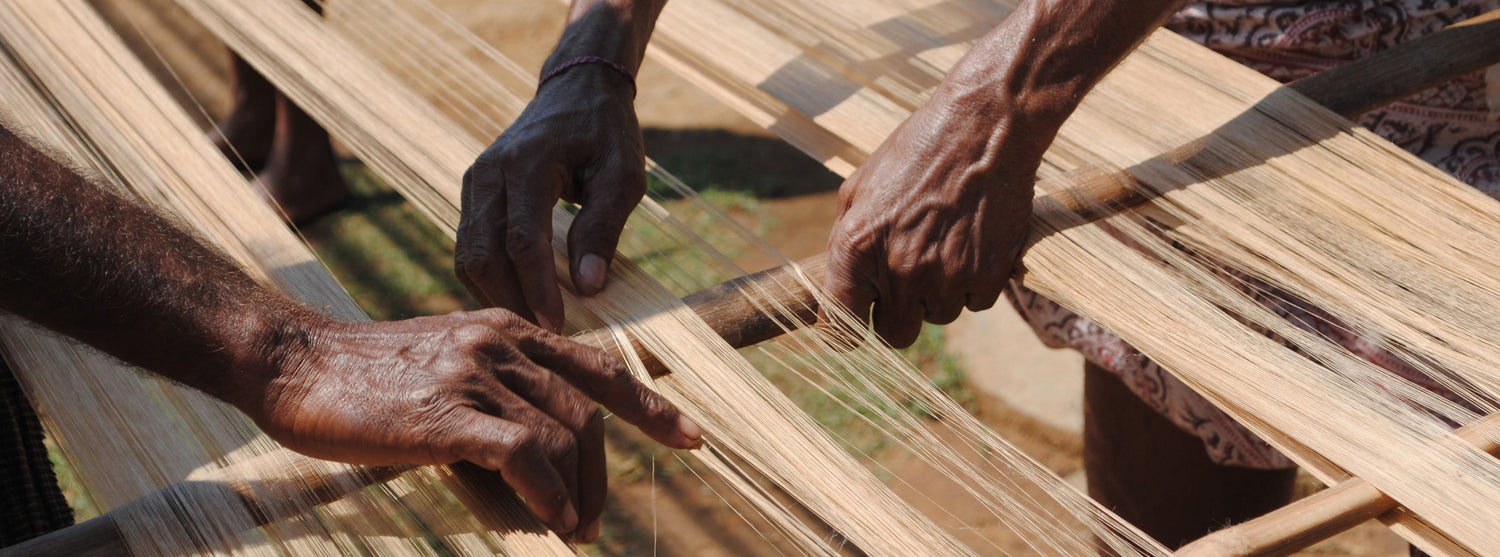ARTISANS
Artisan/Karigar: a person who makes things skillfully, especially with their hands.
The hands of the craftsmen and women who have quietly worked their magic into the delicate drapes we wear today have been crucial to the success of the biggest names in the fashion industry.
We believe in the beauty and quality of pieces that are hand made, and that the traditions, heritage, and craft of artisans should be celebrated. By supporting these communities, the craft is given incredible value, and it empowers them financially and socially. This allows for an alternative to mass produced items, and the saddening conditions they are produced in.
The artisans we work with, work with a variety of crafts. Here are some of the techniques we're using in our clothes
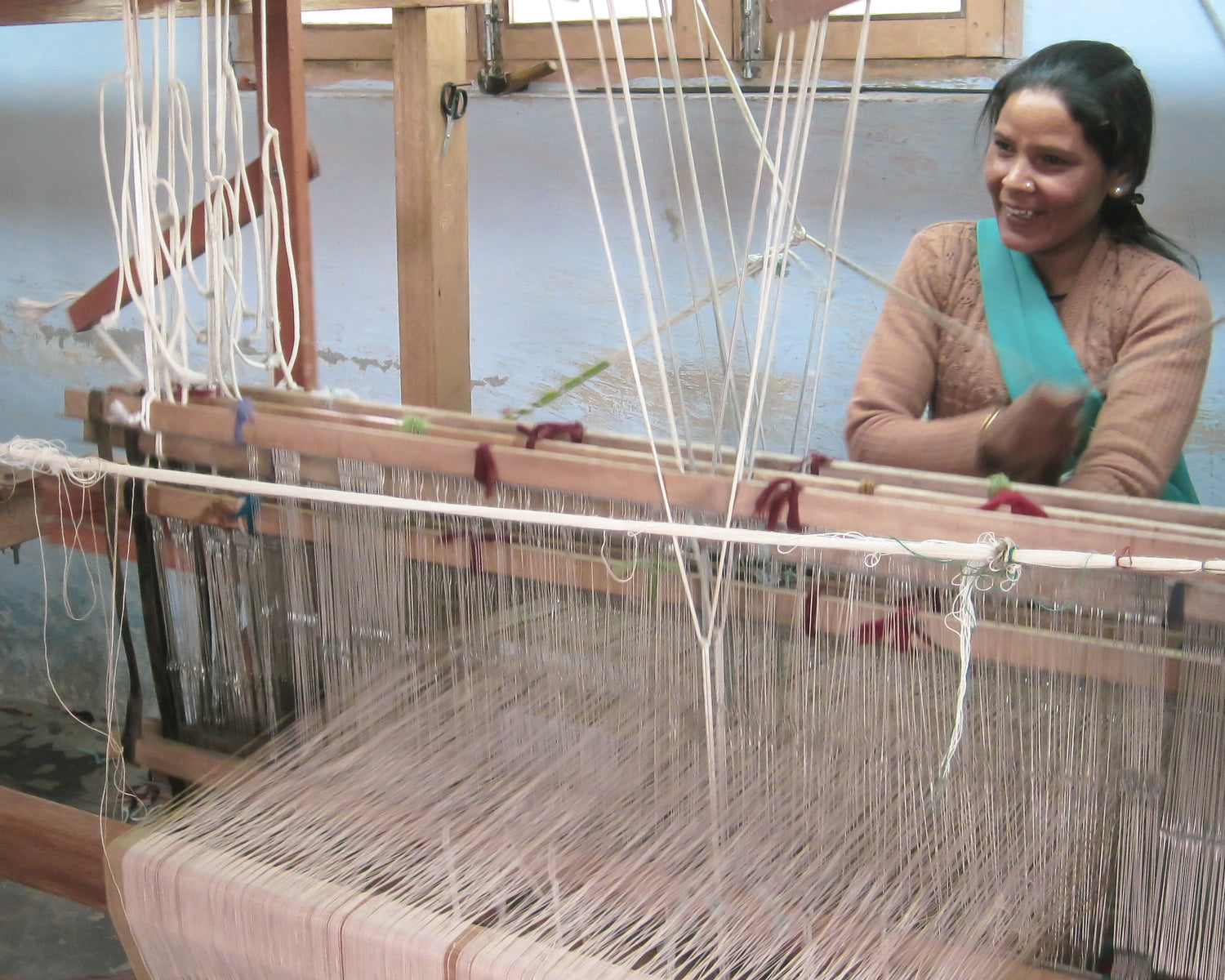
HANDLOOM
A handloom is a machine that is used to weave cloth without the use of any electricity.
The weaving is done on pit looms or frame looms generally located in weavers’ homes.
Hand-spun fabrics is an ancient textile art in which fibers are drawn out and twisted together to form yarn. For thousands of years, fibers was spun by hand using simple tools, like the spindle. A very effective spinning wheel, popularly known as charkha was invented in India.
It is the only fabric where the play of texture is so unique that no two fabrics will be absolutely identical, thus lending its exclusivity in terms of feel and texture.
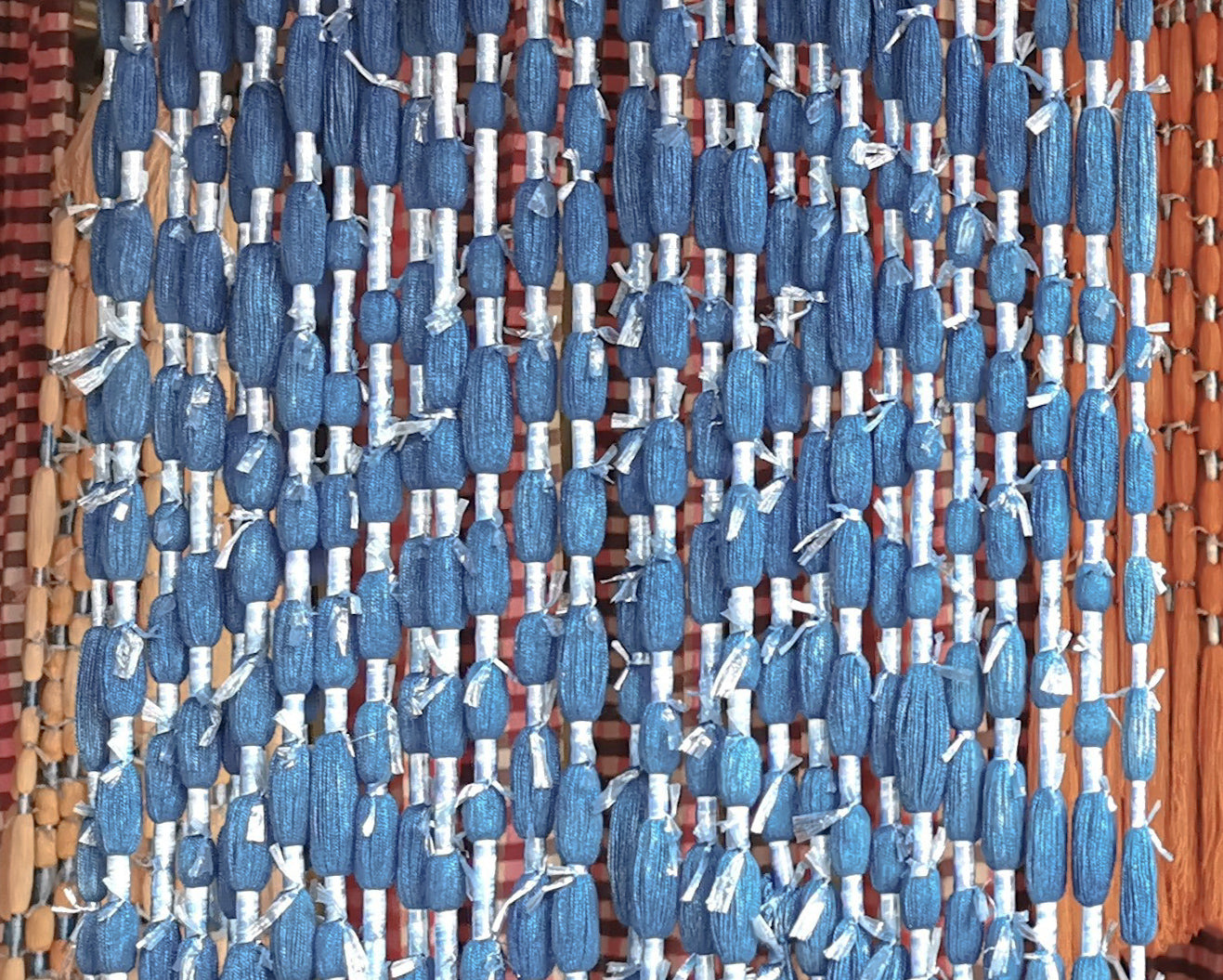
IKAT
Ikat, unlike some other tie-and-dye practices, is not done on fabric, but on threads.
Tie and dye of yarn has been practiced in several parts of the world for centuries, but only in India, Indonesia and Japan is double ikat widely practiced. Double ikat is among the most complex weaving techniques in the world. It can take two artisans about 20 days to produce one sari (about 6 meters).
The skill and time required for ikat work has traditionally accorded the craft an elevated status in society.
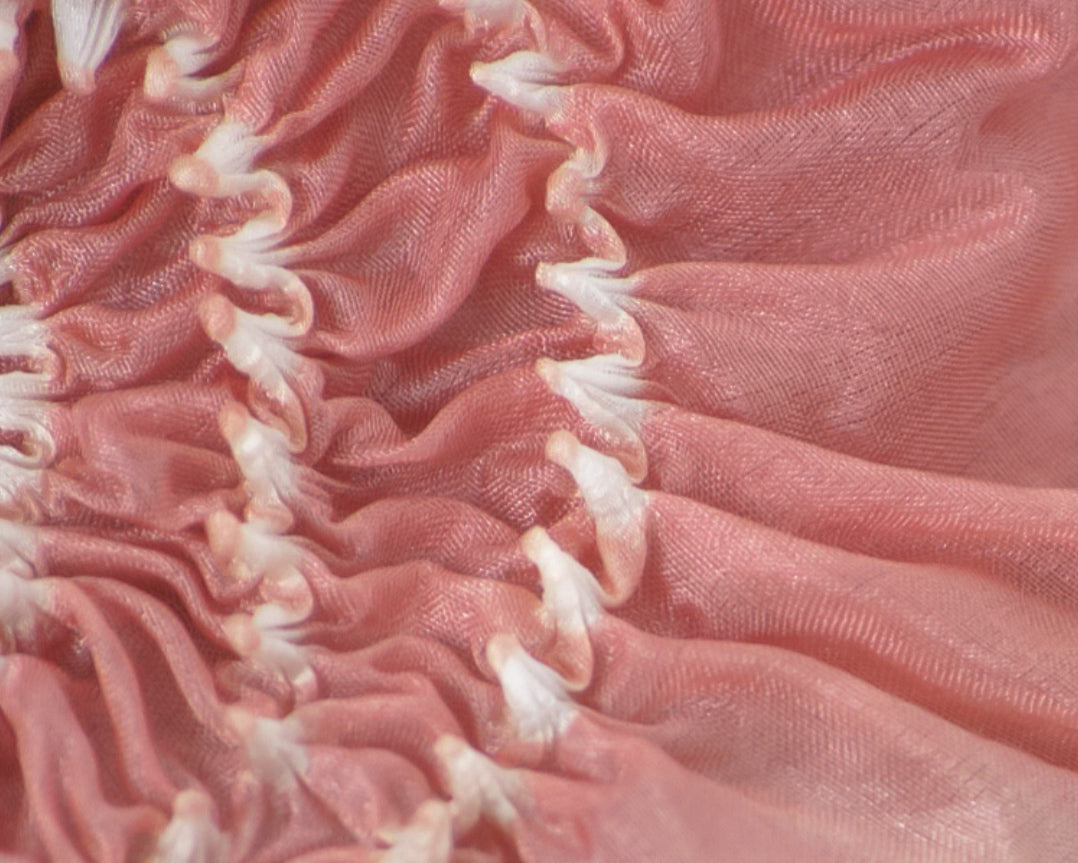
BANDHEJ
Bandhej, also known as bandhani, is a tie and dye method practiced mainly in states of Rajasthan, Gujarat and parts of Uttar Pradesh. The word Bandhani is derived from a Sanskrit word 'banda' which means 'to tie'. It is one oldest form of tie & die art which began about 5000 years ago.
The process involves carefully measuring and creating a pattern onto the fabric at first. Then, nimble hands (usually done by women), gather and tie the fabric into small knots. The cloth then goes for dyeing. The knots do not catch colour. Once the cloth is dried, the knots are opened, revealing the pattern created, alongwith the signature pinched texture.
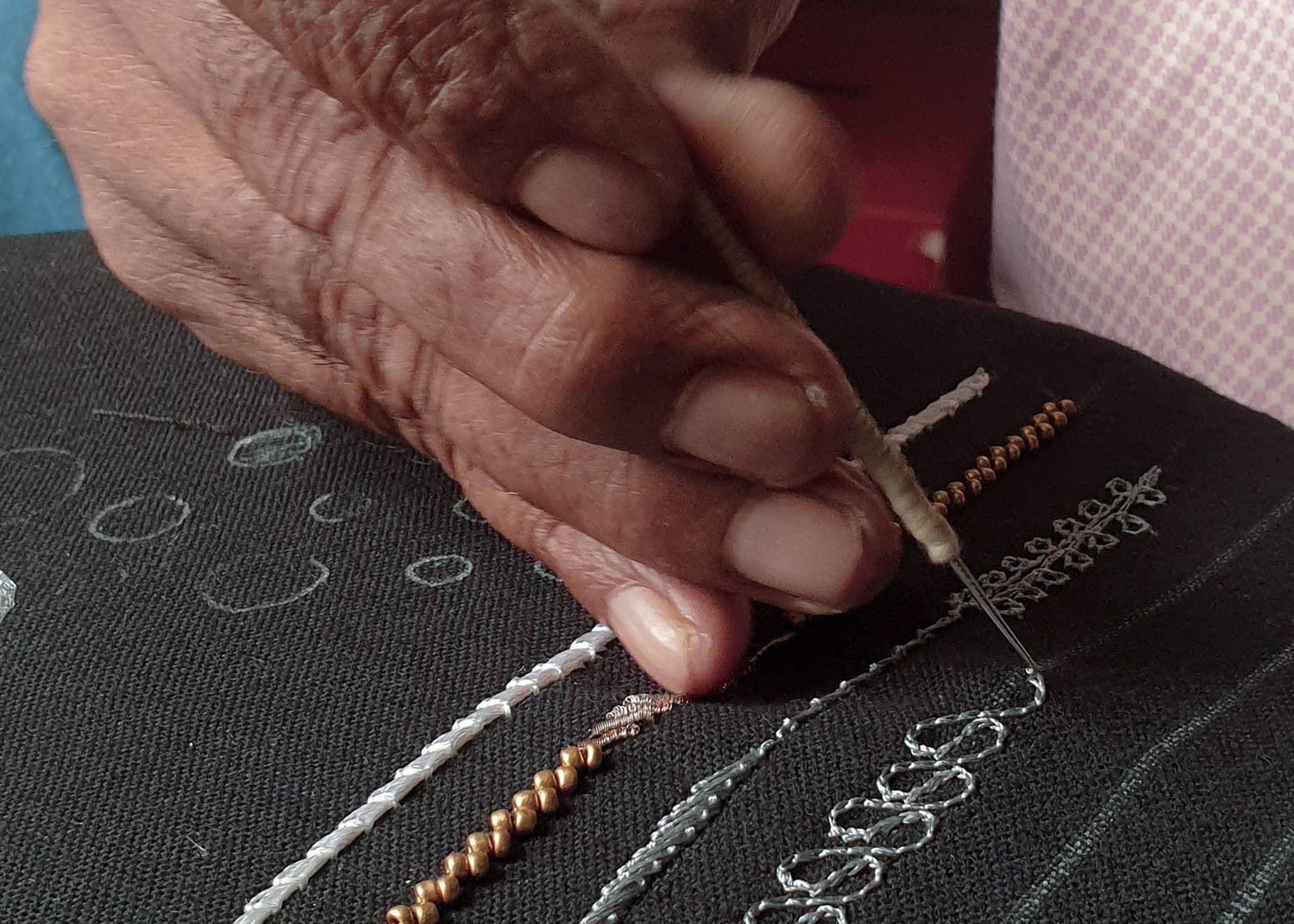
AARI
Aari is derived from the Hindi word aar, meaning hooked needle. This work consists of beads, stones, golden and silver threads, called zari, which gives a regal touch to the design.
The craft evolved out of the cobble stitch, which the cobbler used to embellish leather footwear for the courts. Since then, the technique has spread to places all over India with regions adding their own touch of traditional design and techniques.
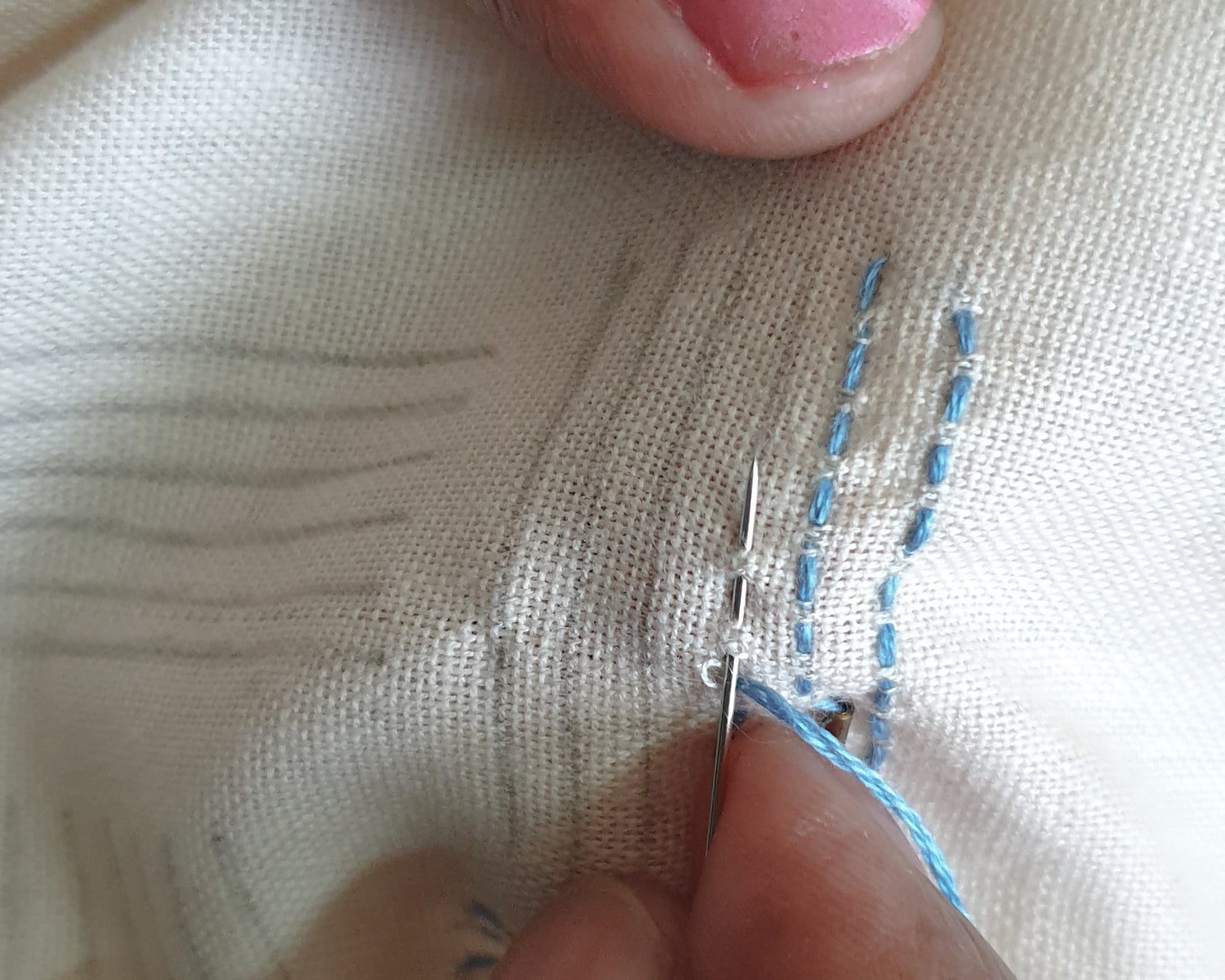
FREE HAND EMBROIDERY
Free hand embroidery is embroidery done without the use of any supporting wooden frame. The artisan would first trace the pattern onto the fabric, and then begin with the embroidery process. Since a wooden frame is not used, the stitches are done with the utmost dedication to careful detail and precision.
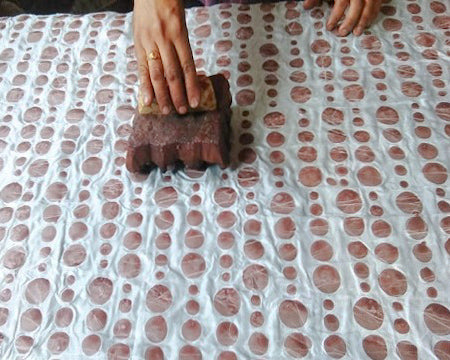
BATIK
Batik is an ancient art which uses wax and dyes to create a visual magic on fabrics.
This technique decorates cloth by covering a part of it with a coat of wax and then dyeing it. The waxed areas keep their original color and when the wax is removed the contrast between the dyed and undyed areas makes the pattern. This is called resist dyeing.
Wax printing is done by hand, by using brushes or with wooden blocks depending on the desired result.
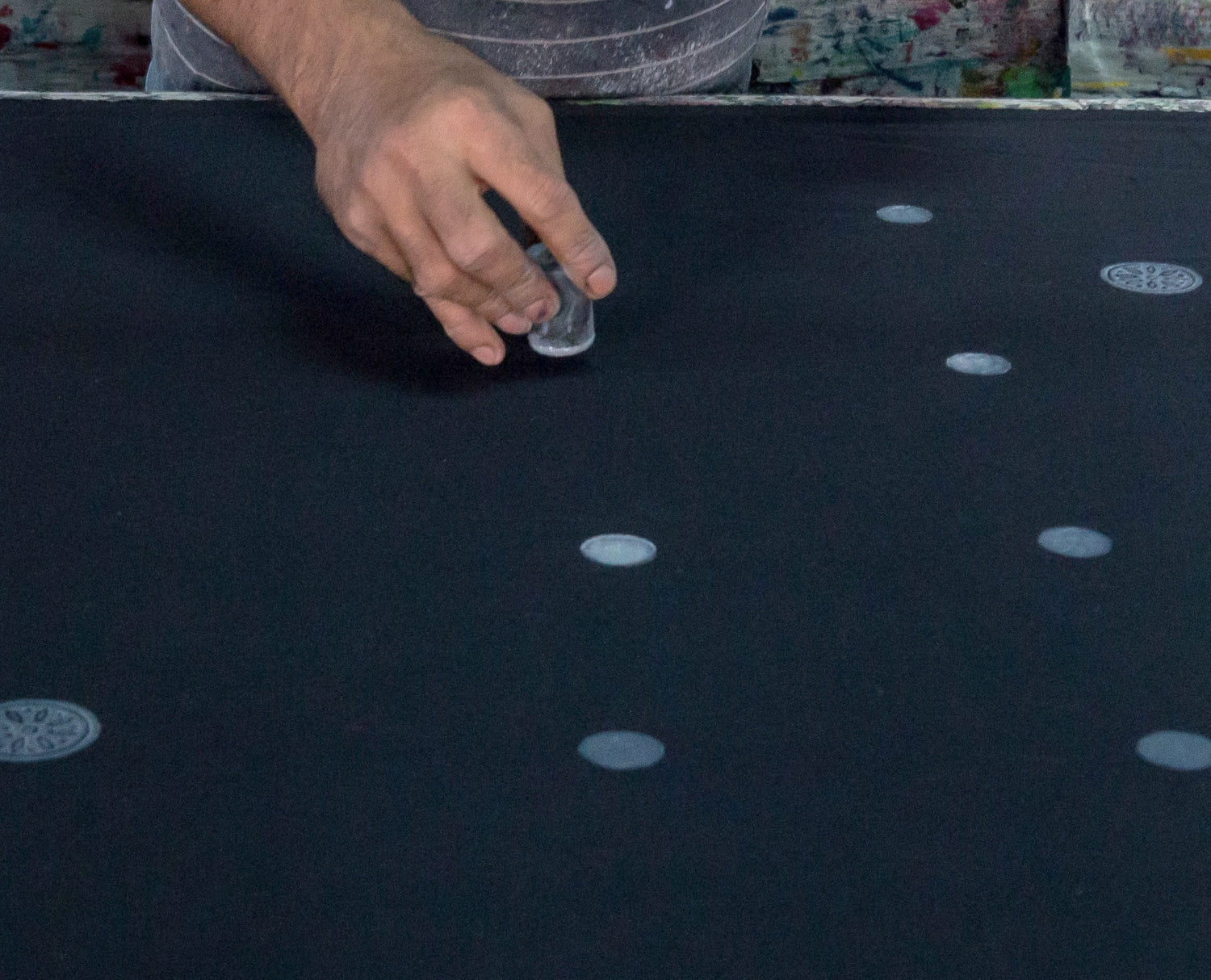
BLOCK PRINT
Block printing or block murdana is an ancient craft, that's practiced by artisans from all over India. The first known practice of this craft in India dates back to the 12th century. It is believed to have spread to other parts of India from Gujarat and Andhra Pradesh. Its popularity saw regions like Sanganer in Rajasthan emerge as prominent centres of block printing in the 18th century, where it continues to enjoy popularity to date.
Artisans begin by seasoning the block, made from teak or sheesham wood. The artisan then starts carving the wood with steel chisels, creating intricate and mesmerizing patterns.
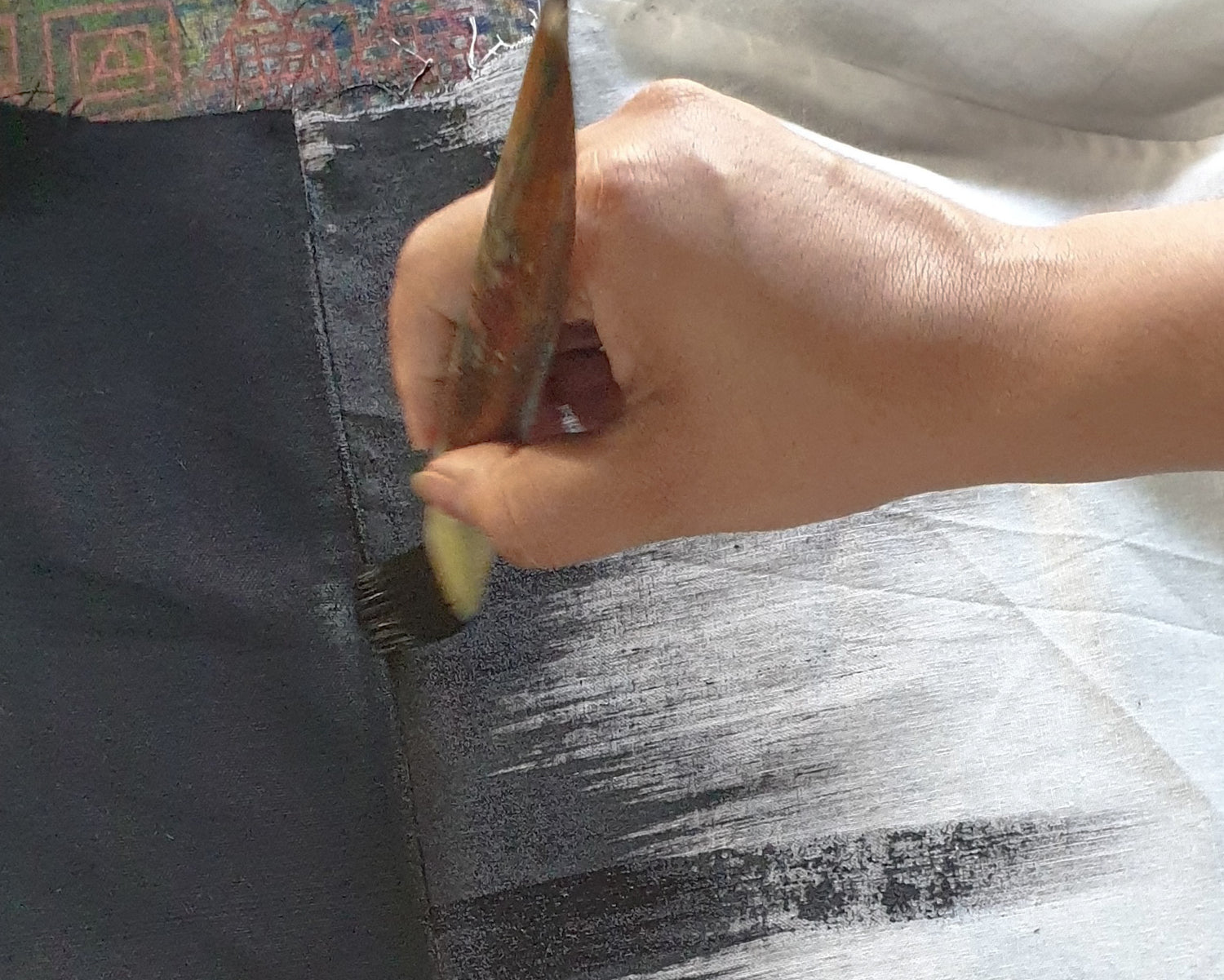
HAND PAINTED
Using a humble paintbrush, the artisans skillfully paint on the fabric, and bring the designs to life.
